
Due to its naturally high acidity and its susceptibility to botrytis, Sauvignon Blanc is excellently suited for sweet and noble sweet wines – and is in the well-known sweet wine Sauternes an important part, albeit smaller in quantity. It is therefore not surprising that sweet Sauvignon Blanc wines can be found in many countries. We tasted a sweet wine from the Rueda region in Spain, the Apasionado Dulce 2015 from Bodegas José Pariente.

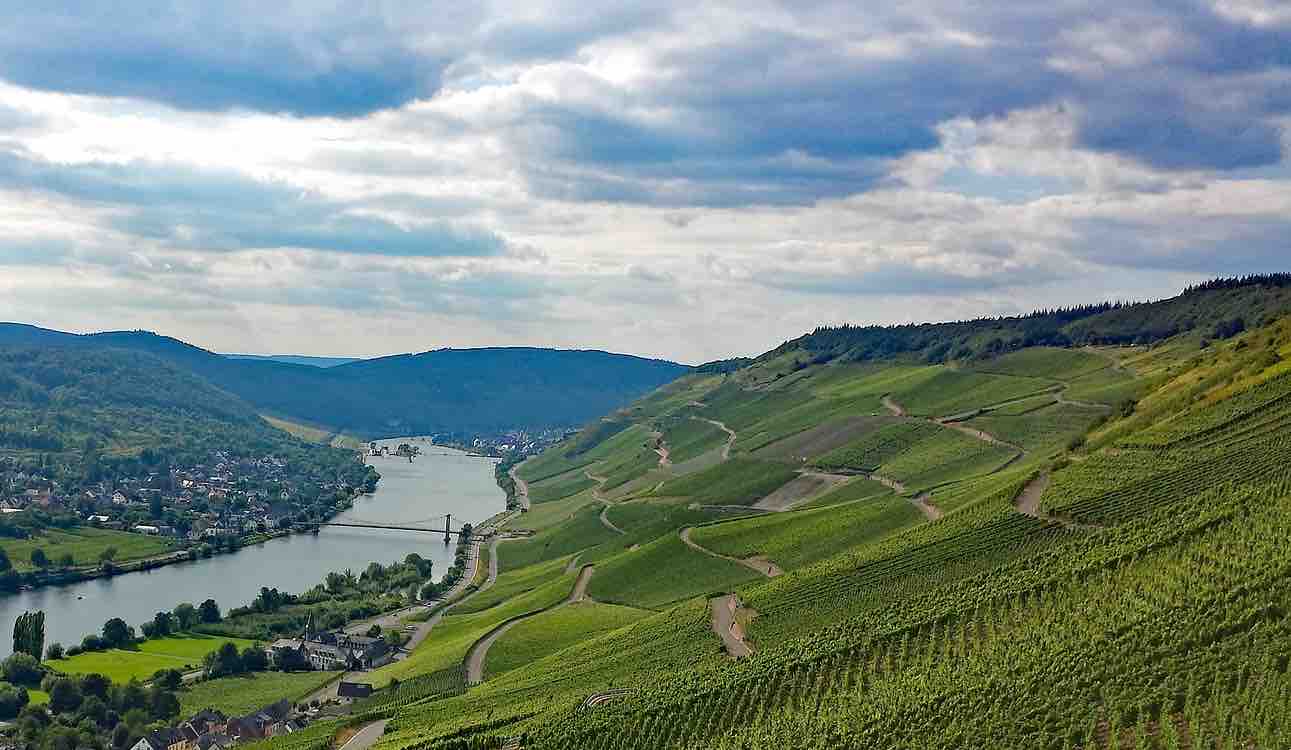

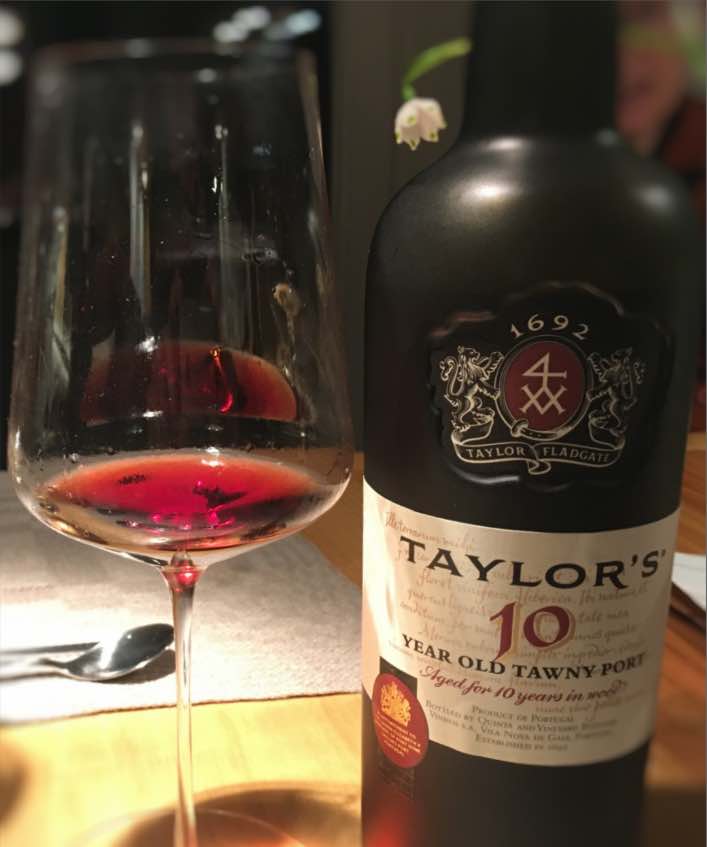 Theoretically, a
Theoretically, a 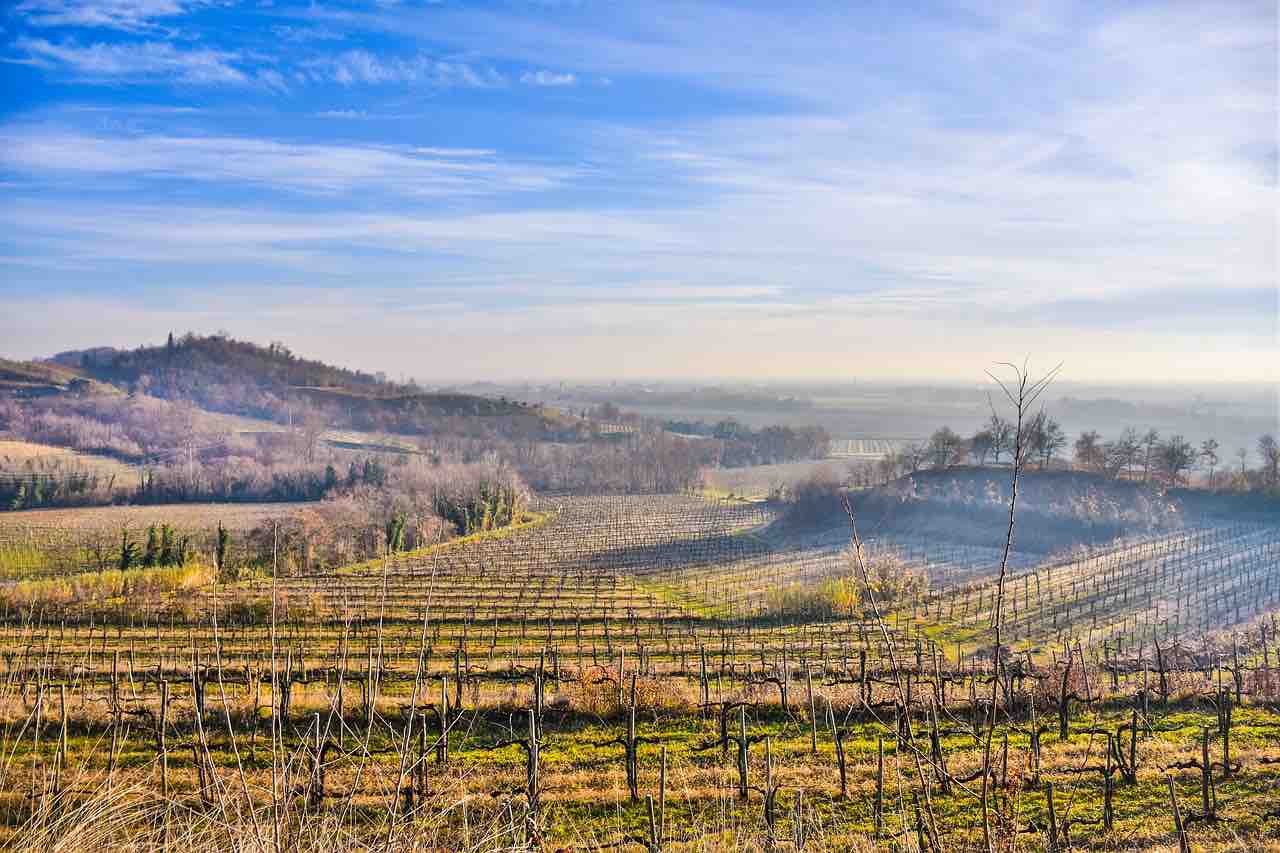
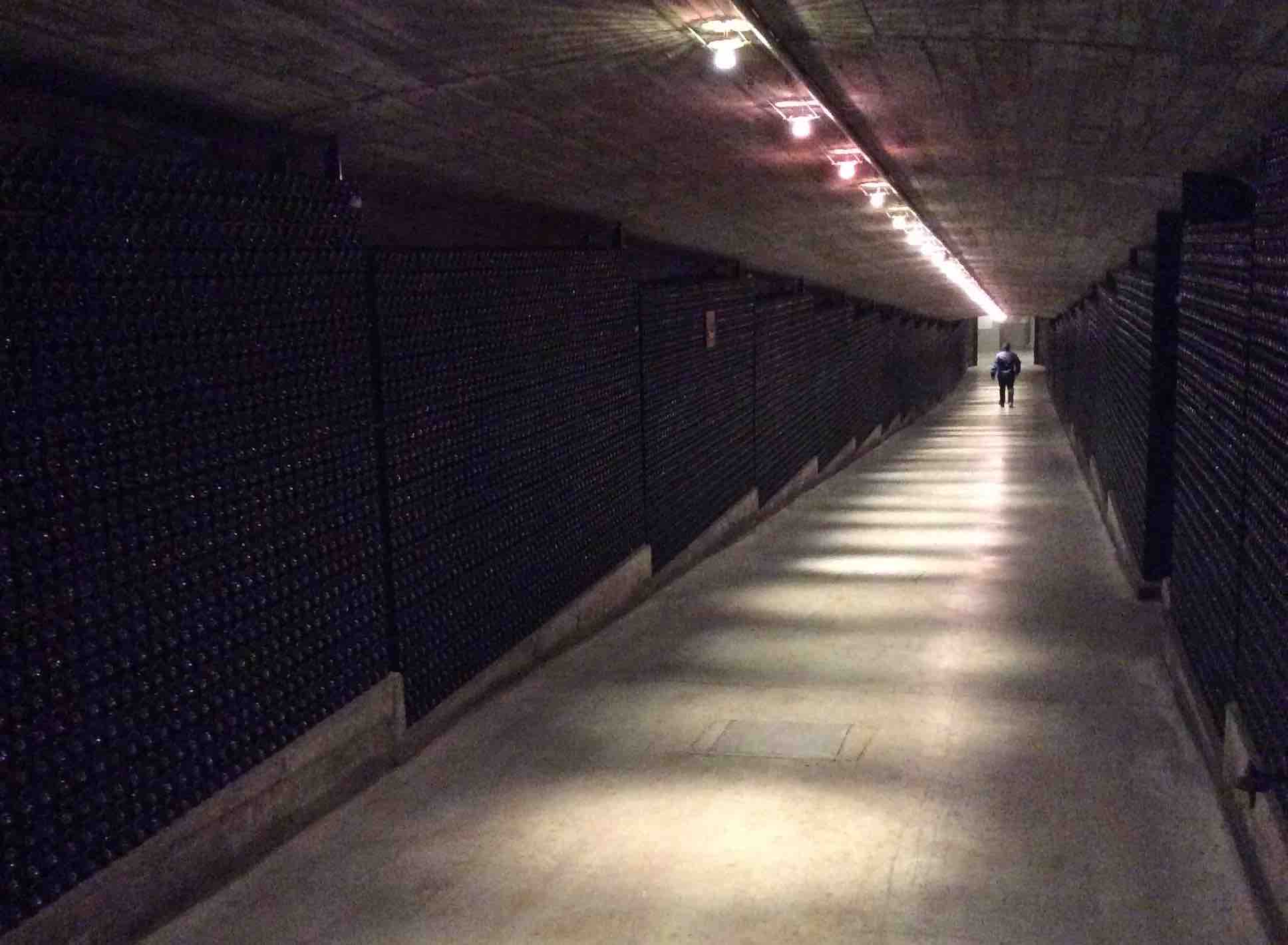 There are wine cellars in which a lot of old vintages are stored, such as at Rioja Alta, at the Terlan winery in South Tyrol or at Vignobles Touchais on the Loire. There, in their extensive underground cellars, 1 – 2 million bottles are stored, dating back to the early 19th century. It was around this time that the Vignobles Touchais winery, founded in Doué-en-Anjou in the heart of the Coteaux du Layon, began to produce sweet wine from the Chenin Blanc grape variety common on the Loire. Thirty-five of the vineyard’s 150 hectares are used to produce sweet wines. The resulting Moulin Touchais, a Coteaux du Layon, is known for its complexity and longevity. We tasted a Moulin Touchais from Hans’ inventory in 1985 that is a testimonial to this longevity.
There are wine cellars in which a lot of old vintages are stored, such as at Rioja Alta, at the Terlan winery in South Tyrol or at Vignobles Touchais on the Loire. There, in their extensive underground cellars, 1 – 2 million bottles are stored, dating back to the early 19th century. It was around this time that the Vignobles Touchais winery, founded in Doué-en-Anjou in the heart of the Coteaux du Layon, began to produce sweet wine from the Chenin Blanc grape variety common on the Loire. Thirty-five of the vineyard’s 150 hectares are used to produce sweet wines. The resulting Moulin Touchais, a Coteaux du Layon, is known for its complexity and longevity. We tasted a Moulin Touchais from Hans’ inventory in 1985 that is a testimonial to this longevity.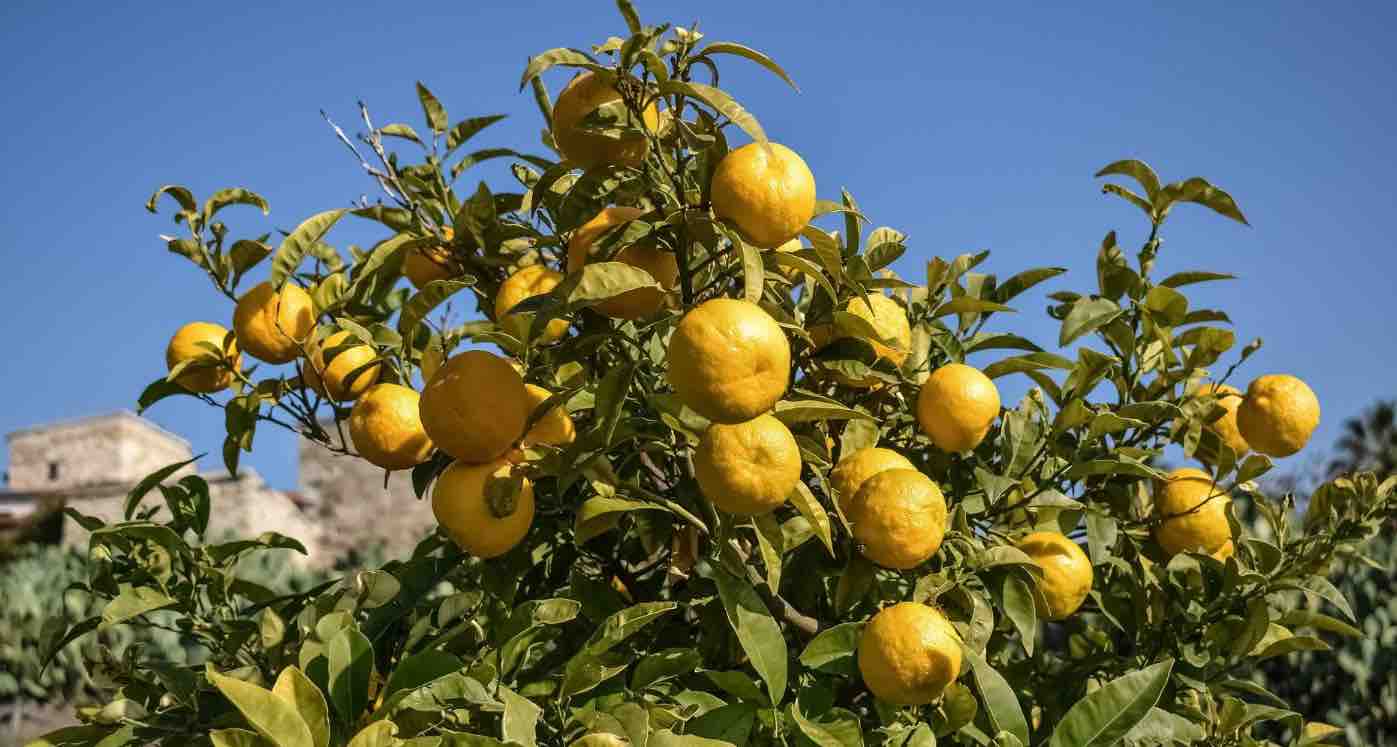
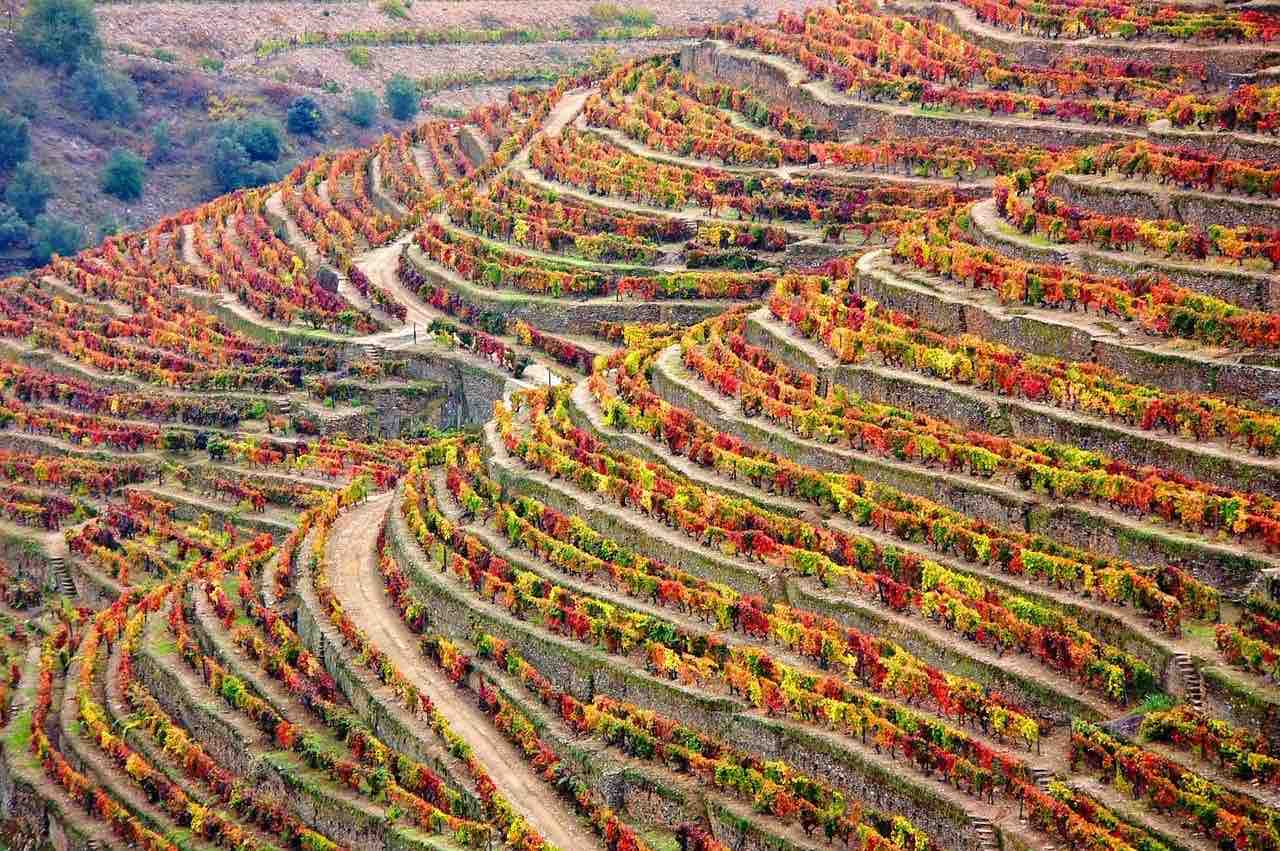
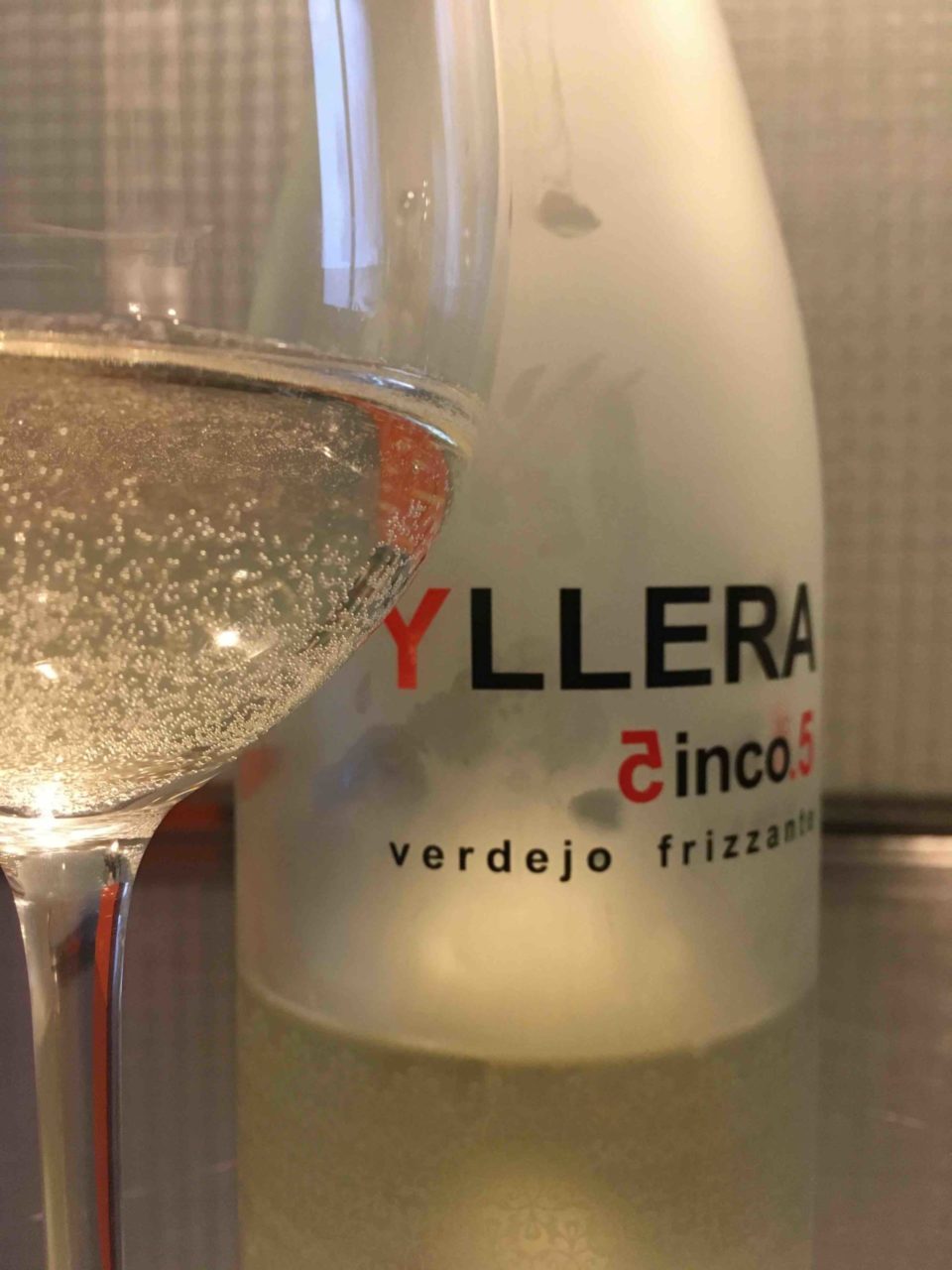 Spain is rich in sweet wines, including many sparkling wines. Some of the sweet, less sparkling frizzante are made similar to the
Spain is rich in sweet wines, including many sparkling wines. Some of the sweet, less sparkling frizzante are made similar to the